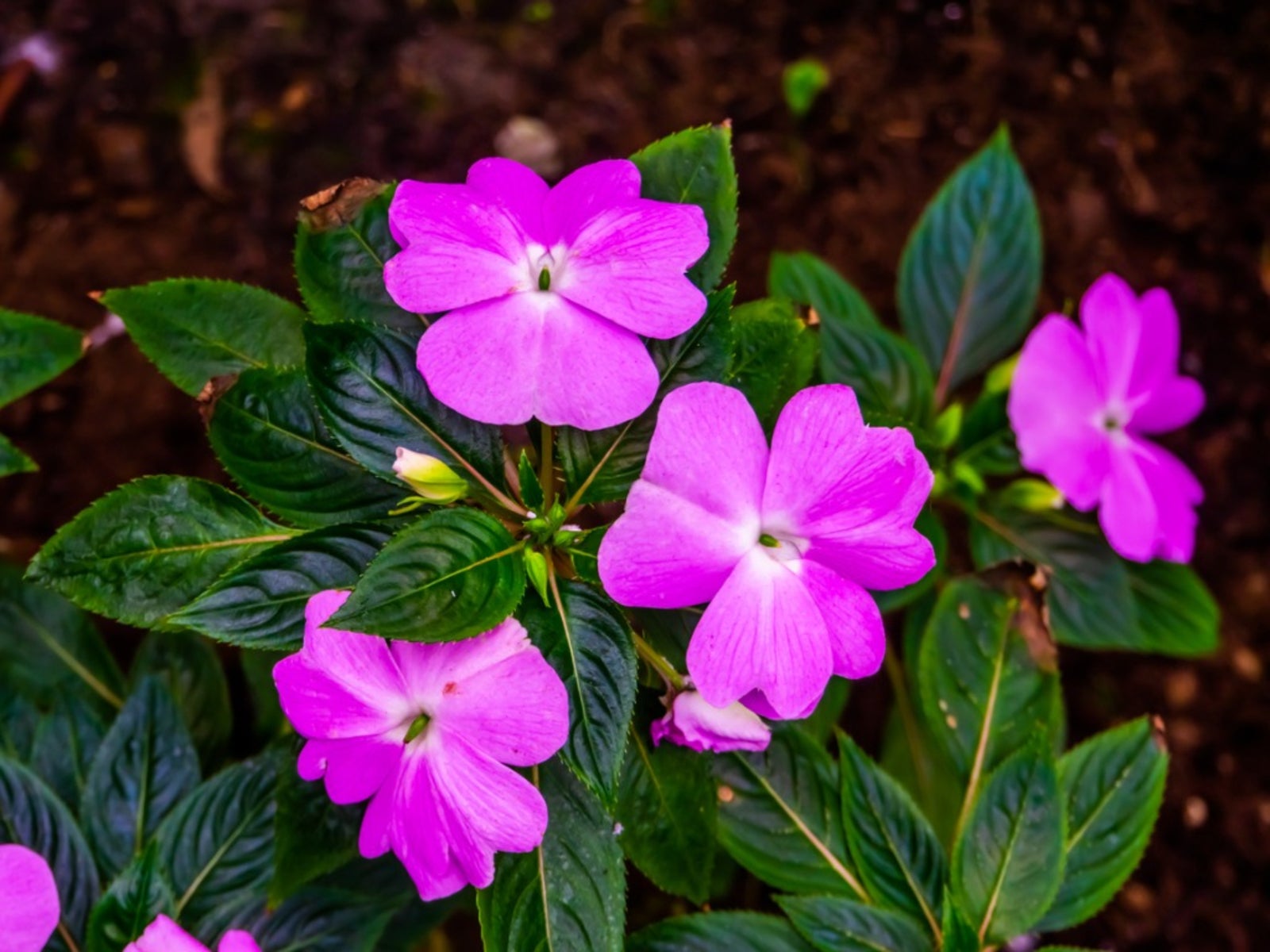What Is An Indicator Plant: Using A Plant Indicator To Improve Garden Health


Indicator plants are a bit like the canary in the coal mine. What is an indicator plant? These brave plants risk their lives to help protect other plants. They can help indicate when it is time to treat for pests and disease. They help point out soil and water deficiencies as well as act as plant watering indicators. Indicator plants are most useful as pointers to certain diseases and pest problems. Pest and disease indicating plants are useful to the gardener as the first sign of an issue.
What is an Indicator Plant?
All plants are acutely tuned into and affected by their environment. As such, they are excellent at pointing out any changes in soil, temperature, or moisture and highlighting pest and disease problems. Even the novice gardener has probably gauged when to water a bed by noticing the nodding heads of a flower that is susceptible to drought conditions. Many flowers are a water indicator for plants. The other plants in the bed are likely dry too, but less obvious about indicating the fact. These plant watering indicators are just one way plants can be guides for overall care.
Pests and Disease Indicating Plants
Due to the connection to environmental influences, you can use other species as more than a water indicator for plants. Some plants can be used to detect early evidence of insects or disease. For instance, petunias and fava beans are used in greenhouses to detect the presence of thrips. Thrips are the vectors for potentially destructive diseases, necrotic spot, and tomato spotted wilt viruses. Thrips are very attracted to these two plants and growers increase the attraction by fixing a blue sticky card to the plants. For some reason this brings the thrips in droves. Indicator plant lists will vary, dependent upon the issue you are trying to resolve. Another example is the use of saucer magnolias as indicators of when to treat for eastern tent caterpillars. The magnolia is not bothered by the pests but when it blooms, it indicates that it is time to treat for the larva.
Indicator Plant Lists
Newly installed trees are often monitored for water needs by several types of plants. Ajuga, impatiens, and coleus are excellent plant watering indicators. They are susceptible to water loss and will exhibit obvious signs such as wilting and browning of leaf tips. This will tell you the area is dry and you need to water. Indicator plants that are used as a water indicator for plants can also pinpoint excess moisture in the area. Indicator plants must be common, easy to grow, hardy, and have a set bloom time. Plant indicators may be as simple as seeing a tree in your yard swarmed by sawflies. This means you will have larvae the following year eating the plant's foliage. This indicator alerts you to take management steps now to prevent larval damage next year. The book "Coincide" by Don Orton has comprehensive indicator plant lists, organized by problem or issue.
Sign up for the Gardening Know How newsletter today and receive a free copy of our e-book "How to Grow Delicious Tomatoes".

Bonnie Grant is a professional landscaper with a Certification in Urban Gardening. She has been gardening and writing for 15 years. A former professional chef, she has a passion for edible landscaping.